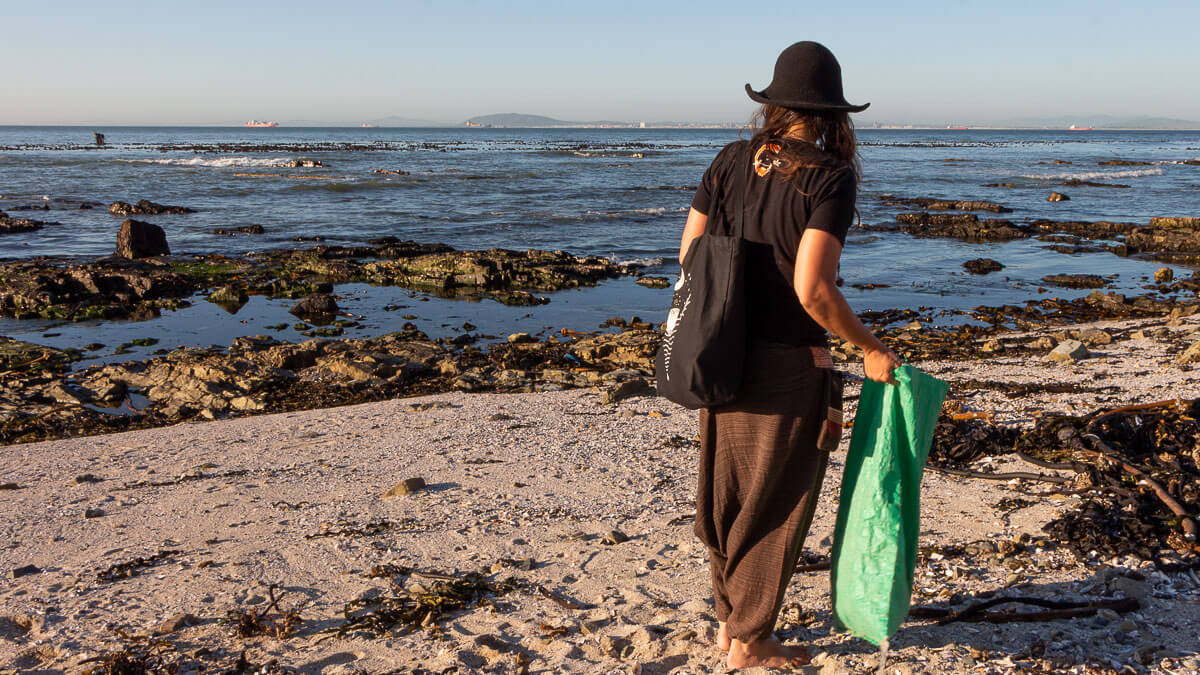Last year we were privileged to visit environmental artist Janet Botes and experience the creation of one of her ‘Nuances’ artworks, “Granger Bay Myoli Beach”.
Watch the film we made with Janet below, following her process from collecting visuals and inspiration from Mouille Point Beach in Cape Town, creating land art in the Hout Bay forest and finally creating the digital artwork.
We are thrilled to offer this work for sale online (view / enquire online here) and to have had the opportunity to chat to Janet about her artistic process. Read the full interview below.
You can see more artworks available in the ‘Nuances’ series by Janet Botes in her online portfolio.
Artist Statement:
"With an intuitive, exploratory approach to art, my work is often process-based. It ranges from detailed ink drawings to performative actions and explorations in urban, gallery, and outdoor spaces. I am interested in the nature and spirit of a place just as much as our inter-relationships with these spaces and other organisms. The initial concept for an artwork often changes and evolves over a period of days or weeks. A process is often also guided by spontaneous responses to my subject matter and materials, and in this sense, each artwork is a new experience and exploration. What unifies my work, is my underlying intention of sharing my connection and respect for the sacredness and interconnectivity of life. I am particularly guided and inspired by ecology, biodiversity, natural cycles, and our place as a species within the web of life and the galactic community."
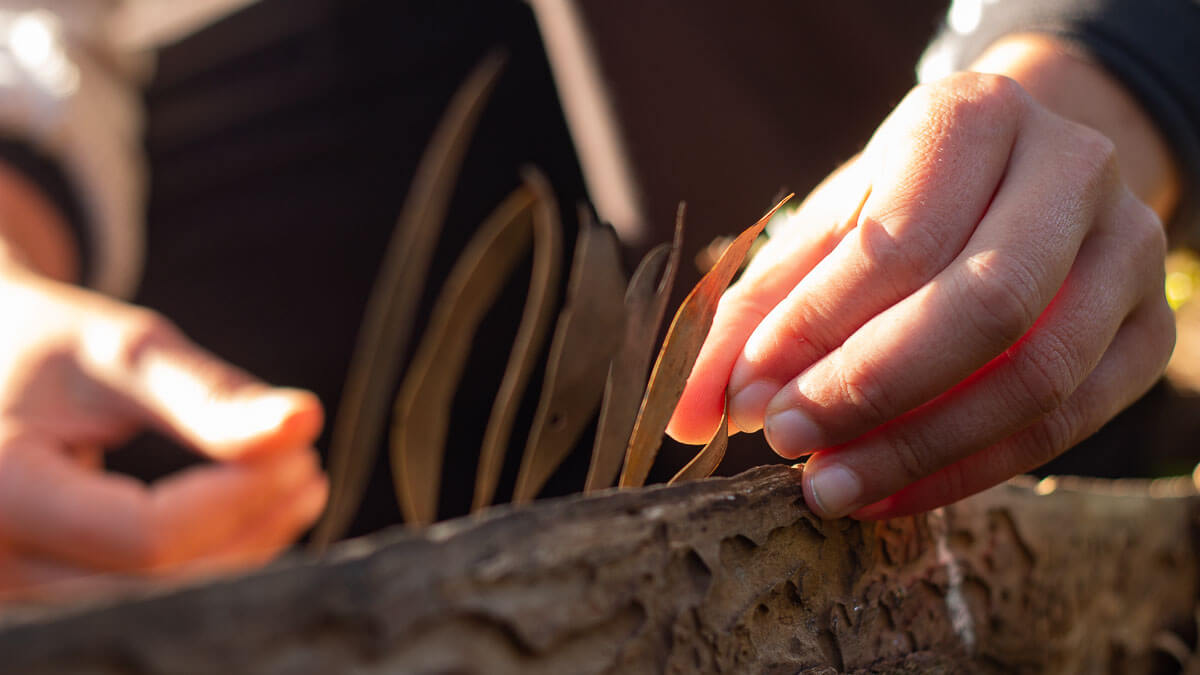
Hi Janet, tell us a bit about what you do?
I'm a visual artist who works with a lot of very different mediums, but they are all inspired by nature in some way or form. Whether these are landscapes in mixed media - like my ‘Nuances’ series - or whether it is just small little studies of different seeds and leaves and compositions that comprise of natural materials.
What are your main inspirations when you are creating your art?
My main inspiration when I'm creating art is what I see around me. I love to be in natural spaces or spaces that haven't been built up and I go on a lot of hikes or nature walks .
But I also find inspiration in the city where there are beautiful details, interesting textures. An old wall with vein-like details, or even with moss growing at the bottom - even in the city there is so much inspiration. I absolutely love going on walks and hikes and seeing what I see. But then again, sometimes you also have to go without the camera.
What different mediums do you use?
I use a lot of different mediums in my work. They include watercolors and ink, but also using the natural pigments - sometimes I would stick things to the paper, like sand, soil… I could rub soil and that becomes either a background for something or a layer to use in a digital work. I've also done performance art, installation art… it's very much for me about exploring and expressing in whatever way is called.
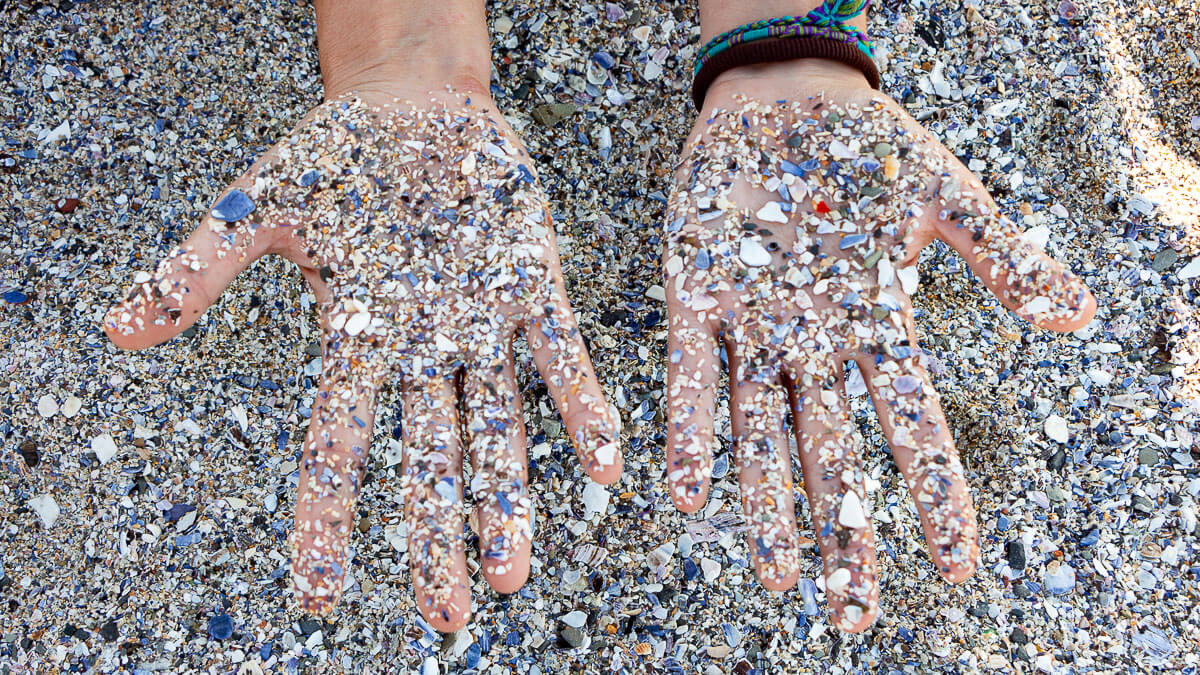
And you create Land Art too?
One of the big things I do and one of the things I enjoy the most - and that inspires me the most – is Land Art. And it's almost like a dialogue between me and nature, where it isn't just me as onlooker and taking photos or painting it. But it's more of an interaction, it's more involved. And I do it very mindfully, so all my land art is very temporary. The wind will blow it away… the water is going to wash it away. If I move rocks, I would move them back - unless it's a specific residency or commissioned piece. That in a sense is a symbol and a metaphor for how I want to live my life as well: being really drawn into the details and inspired and seeing all the beauty, but then when I interact with the landscape - or even daily life - to do it mindfully.
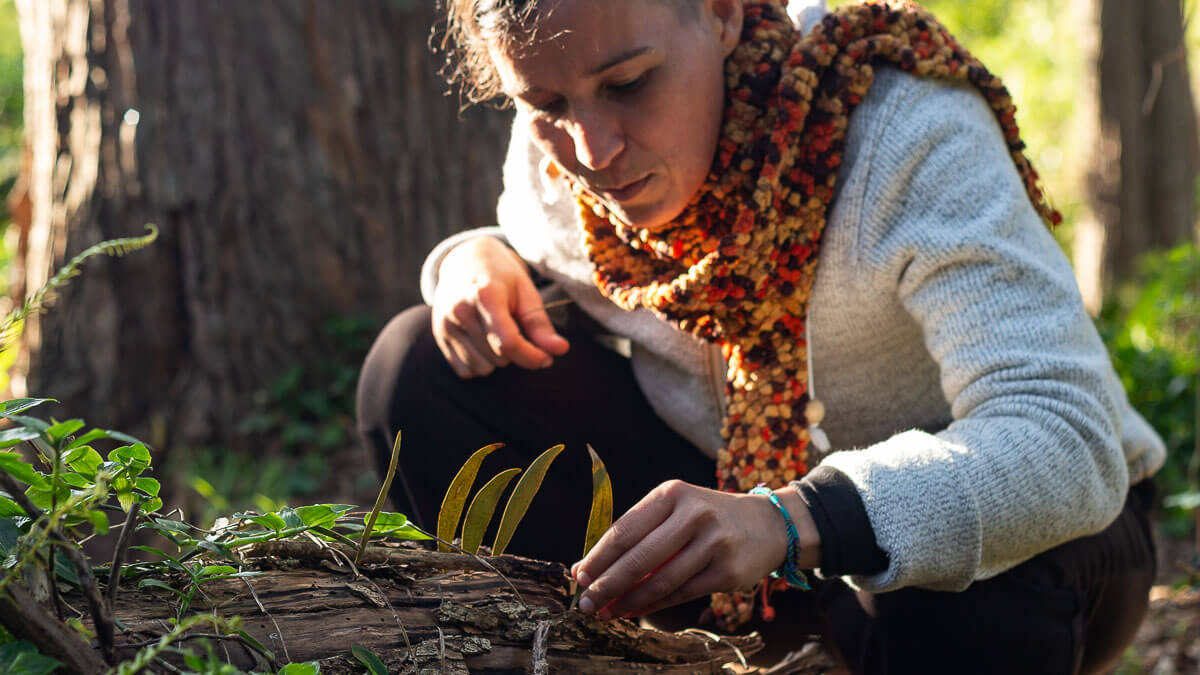
At StateoftheART, we have a number of your ‘Nuances’ artworks for sale online. Could you tell us more about his series and how it developed?
The ‘Nuances’ series is my oldest ongoing series. And it started when I was still a student, that was when I created the first one. It was inspired by double exposures of landscapes in my film camera and that gave me the visual idea for it. Then it became for me about the memory of the landscape, the memory of nature, capturing that - especially because we are losing so much biodiversity. So it's capturing it visually and artistically, grabbing that essence, but then also making people aware, saying, “look at what we've got! It’s beautiful!”
It is also about journeys, because it's now been a journey of 13 years. Some years I create a lot of works in the series, some years I do maybe one or two. It all depends on my own journey and my own travels - because the works are very much about journeys and connecting one place to another. Every place I go has an impact on me as a person, it has this little indent that it makes. So the landscapes all have very personal attachments for me, all very, very personal in a way. It's not just a visual picture, it’s also a connection. And that thread that connects me to the work is pulled through into different spaces, different subject matters. It's all these connections and layering, because we've got layering in our own lives too. A lot of different things come together for me when creating the works, and it changes over time as well.
What is the process like, when creating one of these pieces?
To create one of my ‘Nuances’ artworks is - sometimes it looks like the process that I'm going to explain - and sometimes it looks completely different. Sometimes they just flow and they just happen. But sometimes it's a little bit more of planning, following the plan or changing as I go along. Really, really, really allowing the process to create it naturally. Generally the process would include taking photos, taking textures, pasting things together, using some of my old textures and old photos. And it's literally just feeling, it's a very intuitive process of:
- ‘what do I need next?’
- ‘oh, I need to go get seaweed for the colors, for the lines, for the textures.’
Or I need to pick up some ink and I need to draw a line and photograph it. And ‘oh, I need the edges’ and so I will paint with white paint onto something, or even black on white. It is very much about just following what is needed next. Sometimes I hit a wall and I feel that I don't know what this needs. So then I would leave it for a while - sometimes three months even - until something just clicks again and I realize, ‘this is what I've been waiting for!’
So it's a very, wide process of different things and in the meantime, of course, I get inspired by other things. Maybe the theme of the artwork slowly changes, or perhaps a completely different location is added into it.
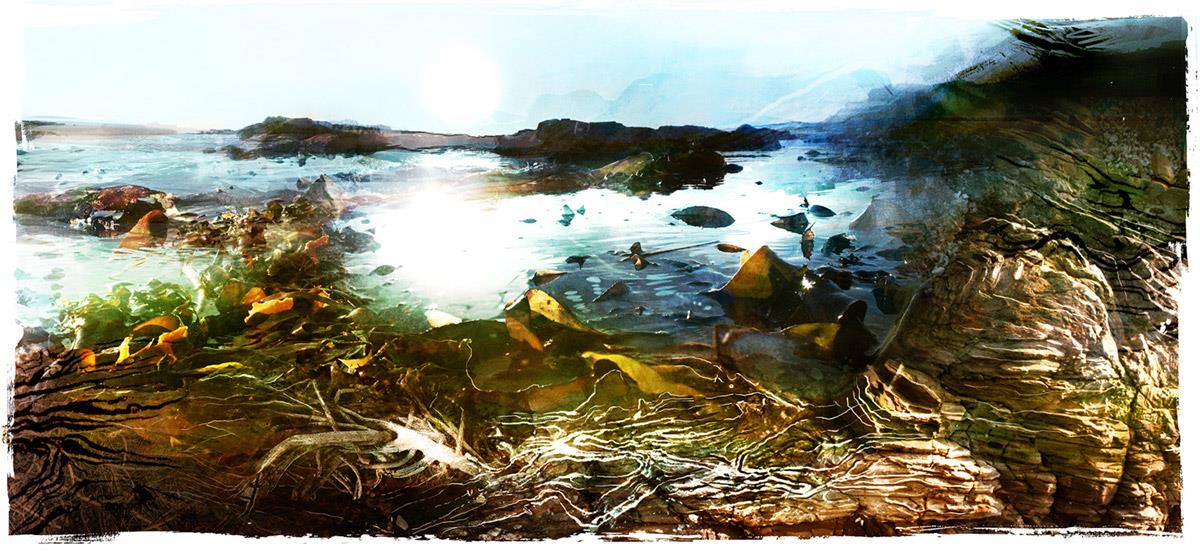
'Granger Bay Myoli Beach' by Janet Botes. Digital collage, archival pigment print on fine art paper, 130 x 70cm, ed of 5. View/enquire here.
When we were on the beach, before you left you sang a song to the ocean – can you explain what you were doing there??
When I go into nature to create artworks and especially if I'm taking something, whether it's physically taking something or even just taking my perspective of the essence of that space, I’m taking inspiration from it, so then I also want to give back - I want to leave it better than I found it. If there is trash, I would pick up the trash, if I can see something needs to be done.
Indigenous cultures have always done this, and we just lost track of it, where you take, but you also give. So whether it's a little piece of my hair, if I have seeds or nuts or something with me and I put some of them in a little hole… It's not really about compost, it is about the gift and about acknowledging that there is an exchange. Sometimes it could just be a song or a prayer or just really putting my intention into that - pushing out gratitude. Saying “Thank you!”
That, to me, is a very important part of the process.
